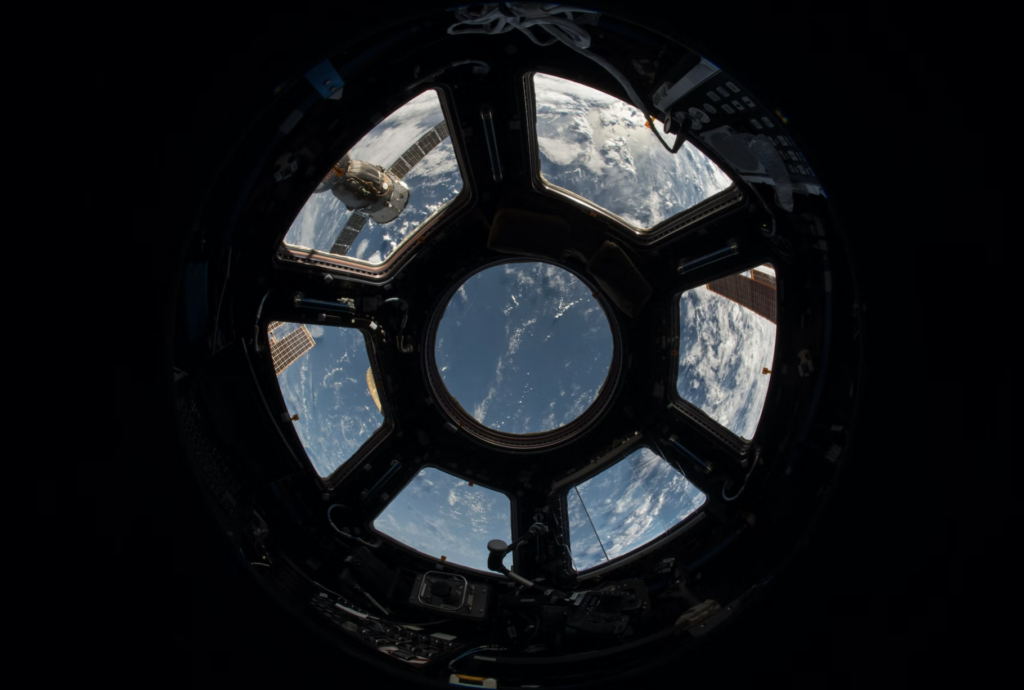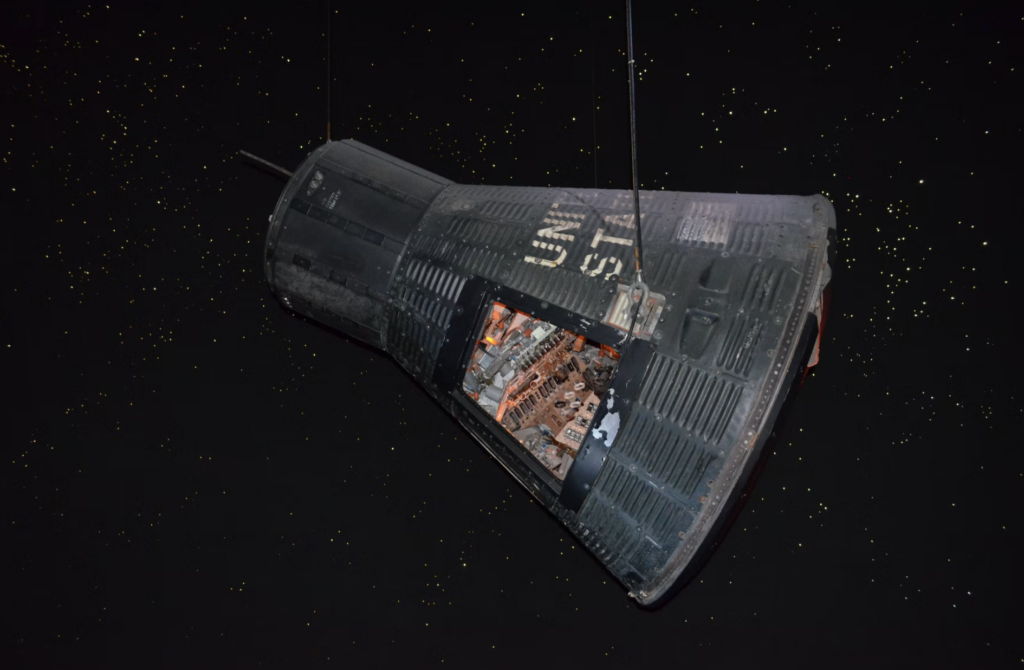What’s a Starlink Satellite Train?
When viewing conditions are “correct,” it’s possible to see a string of satellites traversing the nighttime sky lined up in a row. This unusual sight is known as a Satellite Train.

The number of Low Earth Orbit (LEO) satellites launched is growing each year. The increased number of satellites in orbit has a direct impact on how we view our nighttime skies. Starlink has approximately 3,800 satellites circling the Earth.
Where are the satellites now?
Heavens-Above and Constellation Starlink have fantastic interactive 3D models. The sheer volume of Starlink Satellites is stunning. Select Live Map and locate the satellite train that’s closest to you on Findstarlink,
Geostationary and Low Earth Orbiting Satellites
- Geostationary (GEO) Satellites are 36,000 km above the Earth.
- Slow upload/download times. (High latency.)
- LEO satellites are approximately 160 km to 1000 km above the Earth.
- Fast upload/download times. (Low latency.)

What’s a Starlink Satellite?
A Starlink Satellite transmits internet signals from a satellite to a ground transceiver. The ground transceiver sends a signal to a router. The end user connects to the internet through the router.
LEO satellites are constantly “on the move” as they circle the Earth. This includes crossing over the oceans that cover 71% of the globe.
The best way to ensure global coverage is to place additional satellites into orbit. Each Starlink launch adds approximately 50-60 Starlink Satellites. Starlink is planning on weekly launches.
Who needs it?
Starlink plans to provide high-speed internet access to communities with poor internet service. Poor service may be due to geographic location or lack of infrastructure.

How Many?
Starlink is the first company to place satellites, in bulk (3,271), into LEO. Starlink currently has FCC approval for 12,000 satellites. Starlink’s projected build-out is closer to 42,000 satellites. A baseline expectation is 100,000 satellites in LEO, (all companies/nations combined) by 2030.
What’s a Starlink Satellite train?
Starlink satellites begin orbit at the approximate height of 350 km and move to an altitude of 550 km. They travel “in a row” as they orbit the Earth. The satellites are visible to the naked eye when they’re at a lower elevation.
A Starlink Satellite train is a row of Satellites traveling across the sky “in a row” or a “string of pearls.”
Astronomers express concern
Astronomers worry that the satellite trains will impact scientific research. Papers are being published highlighting the satellite train’s negative impact on astronomy.
Astronomers are reflecting on the Kessler syndrome as a real possibility: A satellite breaks or shatters into smaller pieces. A second satellite files through the debris field. The second satellite breaks or shatters into smaller pieces. Snowball effect.

Moving forward
Faster internet connections may be the beginning of an economic equalizer for less developed regions. Increasing the number of satellites in low earth orbit may cause considerable scientific angst. What’s the right answer?
